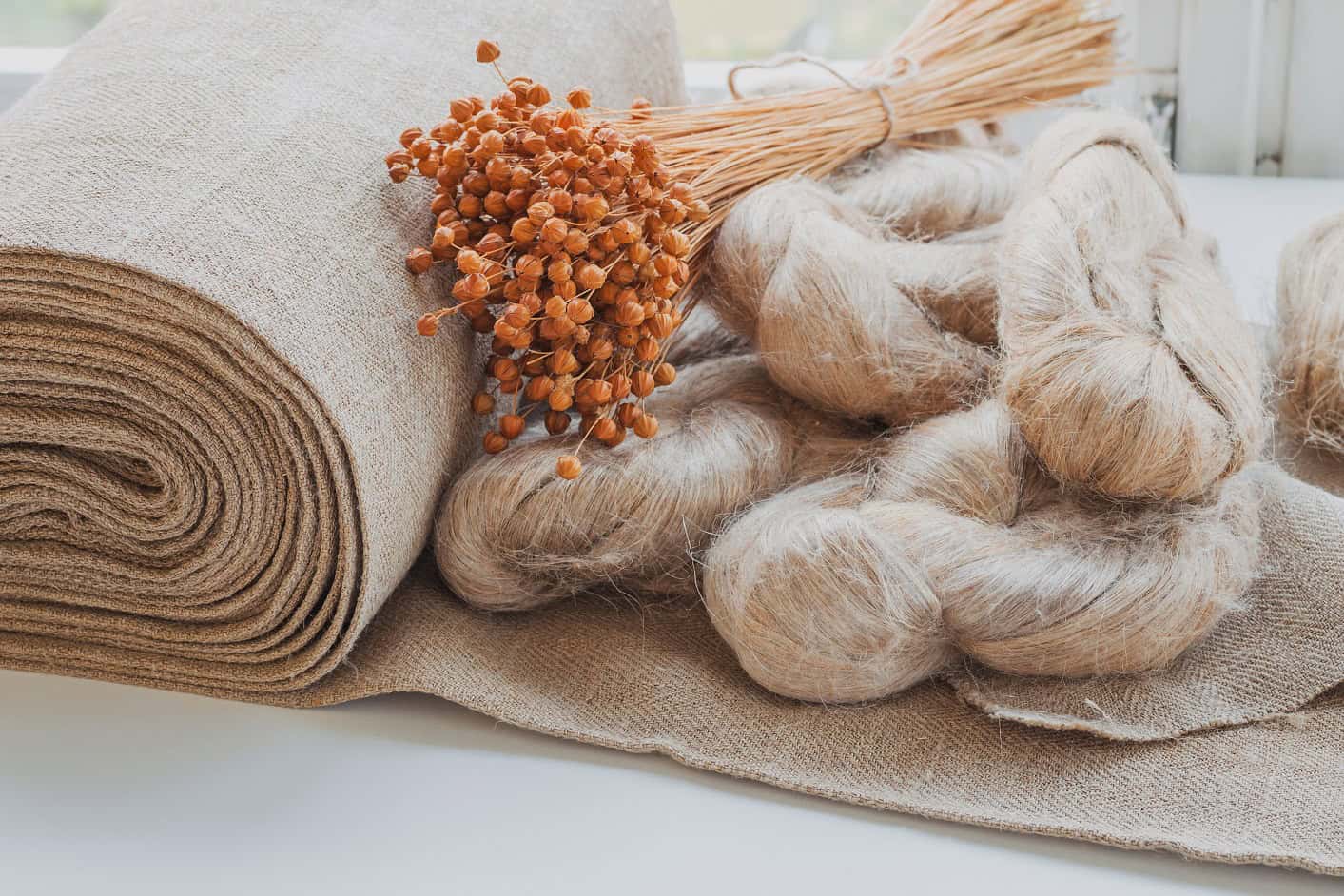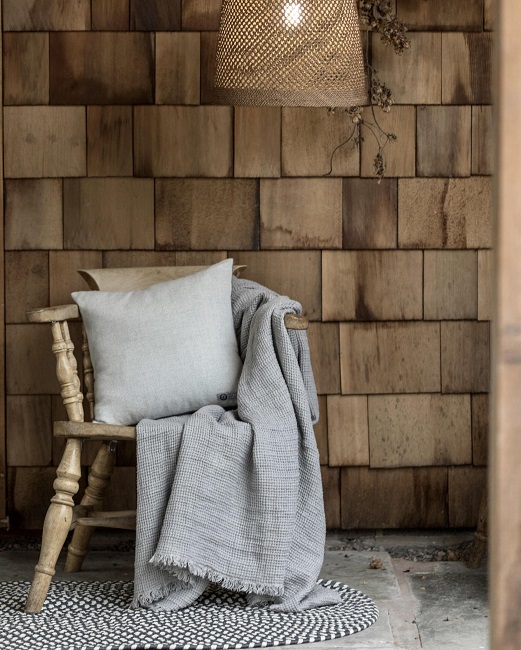
Linen is one wonder fibre that we just can’t get enough of – discover all the reasons why we love linen right here. As well as being moisture resistant, breathable, hypoallergenic, low maintenance, durable, perfectly weighted, and simply beautiful to look at, it’s 100% natural.
Linen’s eco-friendly credentials also help us to shop more consciously, and make the home and wardrobe choices that reduce our carbon footprints every day.
Made from the fibres of the humble flax plant, linen boasts a long history across many civilisations. The production process used to make linen has remained pretty much unchanged throughout. Its cultivation is complex and time-consuming but (as we’re sure you’ll agree) it’s well worth it.
In this blog post, we take you on a journey from flax to linen to uncover just how this much loved, all-natural material is made.
Plant & grow
Flax seeds are sown thickly to establish large volumes of plants in relatively small areas. These seeds germinate at a much faster rate than many other plants, taking up to 100 days to become ready for harvest. This is one of the reasons why flax is considered one of the most sustainable plants on the planet.
Another factor that cements its sustainable status is that it can be grown in adverse conditions as Sustain Your Style details:
“It uses considerably fewer resources than cotton or polyester (such as water, energy, pesticides, insecticides, fertilizers). Flax can grow in poor soil which is not used for food production. In some cases, it can even rehabilitate polluted soil. Flax plants also have a high rate of carbon absorption. For these reasons, we consider linen to be a sustainable material, even when it is not organically grown.”
Harvest & dry
Once the stems of the flax plants have turned yellow and their seeds have browned, the flax is ready to harvest.
Harvesting the flax by hand rather than by machine is the preferred method. Hand-picking keeps the flax fibres as long as possible and so too does the fact that they are pulled up roots and all instead of cut. After pulling, the flax plants are tied together into bundles and left to dry.
Separate & ret
The fibres are then separated to divide the leaves from the seeds, but it’s the decomposed stalks of the flax plants that are used to make the linen items we all adore. These stalks are spread out evenly before retting can begin. Retting is the process of keeping the stalks damp or wet and this loosens the outer fibres of the stalks from the inner fibres to enable separation.
Retting can be completed by simply leaving the stalks exposed to dew and rain for a period of four to six weeks. This is referred to as ‘dew retting’. Alternatively, stalks can undergo ‘water retting’, which involves the stems being submerged in water for six to 10 days.
Whatever the method, stems should be turned over and tested regularly to prevent over-retting, slimy deposits and unpleasant odours.
Comb & spin
The inner fibres of the flax stalks are used to make linen yarn. After being separated from the unusable outer fibres, they are combed (or hackled) into even finer strands and shortened to prepare them for spinning. After spinning, the flax threads are reeled to get them ready to weave into the linen fabric.
Ready to enjoy the finished article? Shop with us to explore linen homewares at their very best!
Image: Auhustsinovich / Shutterstock.com
